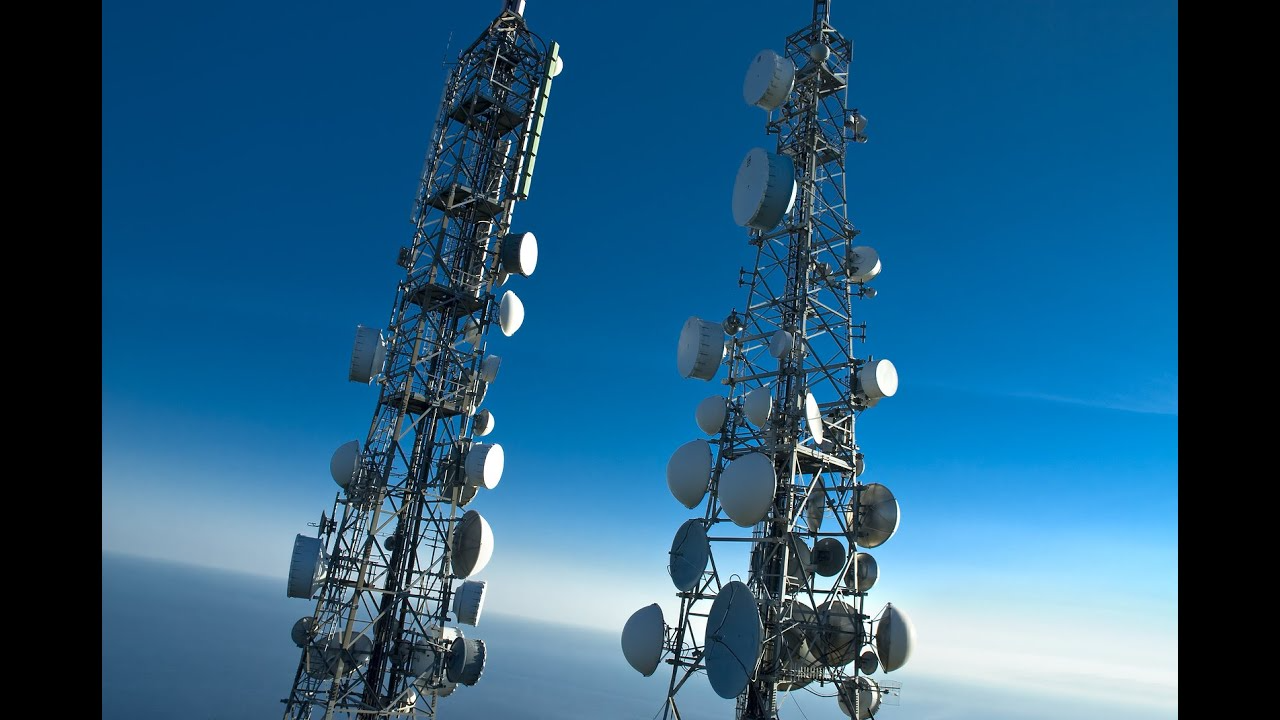Introduction to Telecom Services
Telecommunication services, commonly referred to as telecom services, form the backbone of modern communication. They enable individuals and organizations to transmit data, voice, and video over distances, connecting people and businesses across the globe. As technology has evolved, telecom services have transitioned from simple voice calls to a complex system encompassing mobile networks, broadband, satellite communication, and cloud telephony.
In today’s digital era, telecom services are more than just a convenience—they are a critical infrastructure driving economic growth, enhancing global connectivity, and enabling new business models. Whether it’s a phone call between two friends or an international video conference, telecom services make it all possible.
Types of Telecom Services
Telecom services can be broadly classified into several categories. Each category serves a specific purpose and caters to different user needs.
1. Voice Communication Services
This is the traditional and most widely recognized form of telecommunication.
- Landline Telephony: Although declining in usage, landline phones are still in use for businesses and rural areas. They provide reliable and stable voice communication.
- Mobile Telephony: Enabled by cellular networks, mobile phones have become the primary mode of communication globally. With the proliferation of smartphones, voice services are now just a fraction of what mobile networks support.
2. Data Services
Data transmission services allow users to send and receive digital data.
- Broadband Internet: Broadband includes DSL, fiber optics, and cable internet services. It offers high-speed internet for homes and businesses.
- Mobile Data Services: 3G, 4G LTE, and now 5G enable users to access the internet on the go. With increasing data consumption through streaming, gaming, and cloud services, mobile data is crucial.
- Leased Lines: Dedicated data connections that offer high-speed, secure internet access for enterprises.
3. Video Services
Telecom companies now provide services for video content transmission.
- IPTV (Internet Protocol Television): Allows TV content delivery over internet protocol networks.
- Video Conferencing Services: Used widely in businesses, educational institutions, and for personal use (e.g., Zoom, Microsoft Teams).
4. Messaging Services
Messaging has evolved from SMS (Short Message Service) to MMS (Multimedia Messaging Service) and now includes OTT (Over-the-top) applications.
- Text Messaging (SMS): Still used in many businesses for alerts and marketing.
- Multimedia Messaging (MMS): Allows sending images, video, and audio.
- OTT Messaging: WhatsApp, Telegram, and similar platforms use internet-based protocols to send messages.
5. Cloud Telephony and VoIP
- VoIP (Voice over Internet Protocol): Makes it possible to make voice calls using a broadband internet connection.
- Cloud PBX Systems: Businesses now use hosted phone systems that operate through the internet, offering scalability, flexibility, and advanced features like auto attendants, call forwarding, and analytics.
Telecom Infrastructure
Telecom services are supported by complex infrastructures, including:
- Cellular Towers: Enable mobile communication across regions.
- Fiber Optic Cables: Provide high-speed internet and are critical for broadband services.
- Satellites: Enable global broadcasting and remote area coverage.
- Undersea Cables: Connect continents and carry most of the world’s internet traffic.
- Data Centers: Support cloud-based telecom services, storage, and computing.
Key Players in the Telecom Industry
The telecom ecosystem includes various stakeholders:
- Telecom Operators (Carriers): Provide the infrastructure and services (e.g., AT&T, Verizon, Airtel, Vodafone).
- Equipment Manufacturers: Companies like Huawei, Nokia, and Ericsson that build telecom equipment.
- Over-the-top (OTT) Service Providers: These include platforms like Netflix, Skype, and WhatsApp, which operate over telecom networks.
- Regulatory Bodies: Government agencies that set policies and ensure fair competition (e.g., FCC in the U.S., TRAI in India).
Benefits of Telecom Services
Telecom services bring immense value to society and the economy:
1. Global Connectivity
People can communicate across continents in real-time, fostering personal relationships and business collaborations.
2. Economic Development
Telecom is a key driver of GDP growth. It facilitates trade, enables remote work, and powers digital entrepreneurship.
3. Emergency Response
Telecommunication plays a vital role in disaster management and emergency responses, allowing for rapid information dissemination and coordination.
4. Educational Advancement
With e-learning platforms and virtual classrooms, telecom services help bridge educational gaps, especially in remote areas.
5. Healthcare Access
Telemedicine and virtual consultations have become feasible thanks to reliable telecom networks.
Challenges in the Telecom Sector
Despite the massive progress, the telecom industry faces various challenges:
1. Infrastructure Costs
Building and maintaining telecom infrastructure, especially in rural or underdeveloped regions, is capital-intensive.
2. Regulatory Hurdles
Strict regulatory requirements and spectrum licensing can be barriers to expansion and innovation.
3. Data Security and Privacy
With increasing data usage, protecting user data from breaches and ensuring privacy is a top concern.
4. Rapid Technological Change
Telecom companies must continuously upgrade their technology to stay relevant, which involves constant investment.
5. Competitive Pressures
High competition in the industry often leads to price wars, reduced margins, and a focus on short-term gains.
Emerging Technologies in Telecom
The telecom landscape is transforming rapidly with the advent of several new technologies.
1. 5G Networks
5G is the fifth-generation mobile network that offers:
- Ultra-fast data speeds
- Low latency
- Massive connectivity (IoT devices)
- Enhanced capacity for high-demand applications like AR/VR and autonomous vehicles
2. Internet of Things (IoT)
IoT relies heavily on telecom services to connect billions of devices, from smart thermostats to industrial sensors.
3. Edge Computing
Reduces latency by processing data closer to the user rather than relying solely on centralized cloud servers.
4. Artificial Intelligence and Machine Learning
AI/ML is being used in telecom for:
- Predictive maintenance
- Network optimization
- Customer support via chatbots
- Fraud detection
5. Blockchain in Telecom
Used for secure transactions, identity management, and automating service agreements through smart contracts.
Telecom in Different Sectors
Telecom services are integrated into almost every industry:
1. Banking and Finance
- Secure mobile banking
- Real-time transaction alerts
- Digital wallets and online payments
2. Education
- Online classes
- E-learning platforms
- Remote assessments
3. Retail and E-Commerce
- Omnichannel communication
- Customer support
- Order tracking and mobile payments
4. Transportation and Logistics
- GPS tracking
- Communication with drivers
- Fleet management systems
5. Entertainment and Media
- Live streaming
- OTT platforms
- Online gaming
Digital Transformation in Telecom
Telecom companies are not just enablers of digital transformation—they’re undergoing it themselves. Some key areas include:
1. Virtualization
Moving network functions from hardware to software environments for better flexibility and efficiency.
2. Cloud Adoption
Using cloud platforms to deliver services more quickly and at scale.
3. Big Data and Analytics
Gaining insights from massive data volumes to improve decision-making, marketing, and customer experience.
4. Cybersecurity Enhancements
Investing in advanced firewalls, threat detection, and encryption technologies to combat growing cyber threats.
Rural and Remote Connectivity
One of the most significant objectives of telecom services today is to bridge the digital divide.
- Government initiatives like BharatNet (India) and Rural Digital Opportunity Fund (USA) are pushing for rural connectivity.
- Satellite internet and mobile broadband expansion are playing a vital role in enabling access to underserved areas.
Regulations and Compliance
To ensure fair competition, consumer protection, and service quality, telecom services must adhere to:
- Spectrum Management Rules
- Quality of Service (QoS) Regulations
- Data Retention and Privacy Laws
- Net Neutrality Policies
- Universal Service Obligations
Each country has its own set of regulatory authorities to enforce these norms.
Sustainability in Telecom
Telecom companies are taking steps to reduce their environmental impact by:
- Shifting to renewable energy sources for network operations.
- Recycling electronic waste responsibly.
- Reducing carbon footprint through energy-efficient technologies.
Green telecom initiatives are crucial for a sustainable digital future.
Future Trends in Telecom
The telecom industry is poised for exciting advancements. Here’s what the future may look like:
1. 6G Networks
Expected by 2030, 6G will deliver ultra-low latency, higher speeds, and support for futuristic applications like holographic communication.
2. Quantum Communication
Secure communication using principles of quantum physics could redefine data transmission and encryption.
3. Satellite Mega-Constellations
Companies like Starlink and Amazon’s Kuiper project are deploying satellite networks for global broadband coverage.
4. AI-Powered Self-Healing Networks
Networks that can detect, diagnose, and fix issues automatically using AI.
5. Expanded Role of Telecom in Smart Cities
Telecom will be central to managing urban infrastructure, traffic systems, surveillance, and energy grids in smart cities.
Conclusion
Telecom services are a foundational pillar of the modern world, supporting everything from daily conversations to billion-dollar businesses. As the demand for faster, smarter, and more secure communication grows, telecom providers must innovate continuously and adapt to ever-changing technological and regulatory landscapes.
From 5G to AI, from rural broadband to smart cities, telecom services are reshaping how we live, work, and connect. For governments, businesses, and consumers alike, understanding the value and potential of telecom services is essential for thriving in the digital age.






Leave a Reply